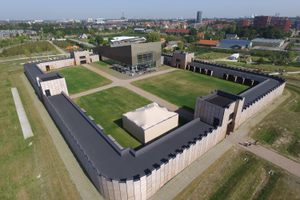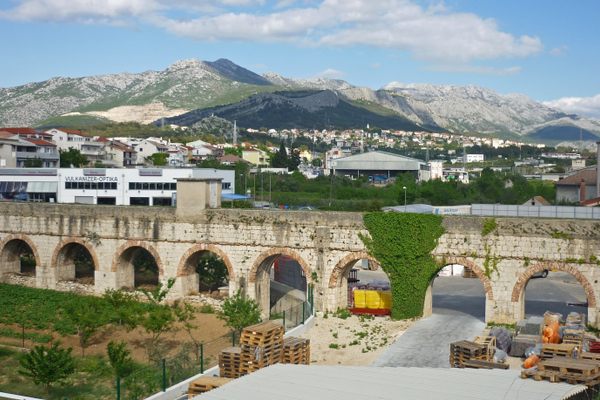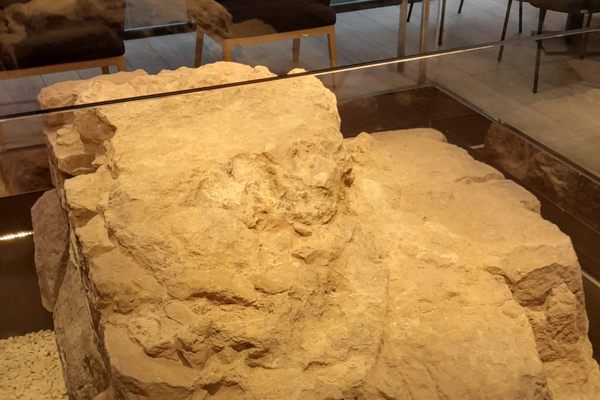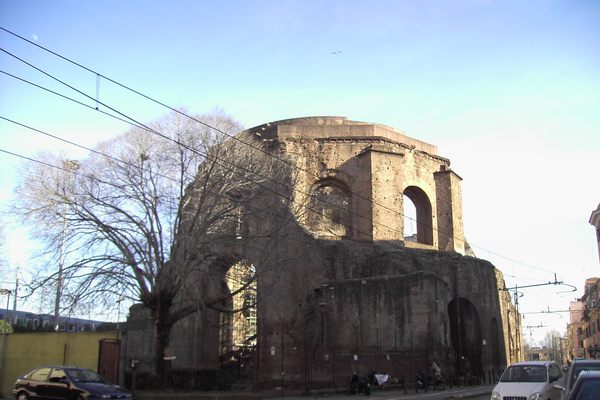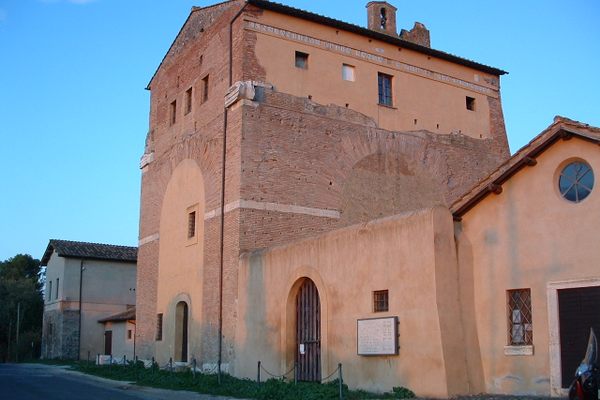About
Marcus Aurelius Antoninus, or Elagabalus, is one of the most infamous Roman emperors in history. Reigning from 218 to 222, he has been variously described as a teenage tyrant, a mad libertine, and even a genderqueer icon. Born in Syria, his posthumous nickname Elagabalus (alternatively Heliogabalus) refers to the Arab-Roman sun god Elagabal, of whom he served as a head priest.
Though Elagabal was a popular deity in Roman Syria, the rest of the Empire did not care for him as much, despite Elagabalus's efforts to bring him into vogue (he even replaced Jupiter with this god, much to the people's chagrin). Interestingly, however, the deity was worshipped as far away as the modern-day Netherlands, even before the times of Elagabalus.
Dating to the mid- to late-2nd century, the stele found in Laurum (Woerden) proves that the cult of the Syrian sun god was already known there on the western frontier of the Roman Empire. Now in the collection of and on display at the Woerden City Museum, the inscription is as follows: P-S-I-C-T-A-HA / A-A-P / SOLI HELAGA- / BALO ET MINER / L-TERENTIVS / BASSVS S COH / III-BREVCOR
Which translates to: "For the good health of the emperor-caesar Titus Aelius Hadrianus Antoninus Augustus Pius, to the sun Elagabal and Minerva has Lucius Terentius Bassus, standard bearer of the third unit of Breuci, [erected this altar]."
Related Tags
Community Contributors
Added By
Published
June 25, 2024













